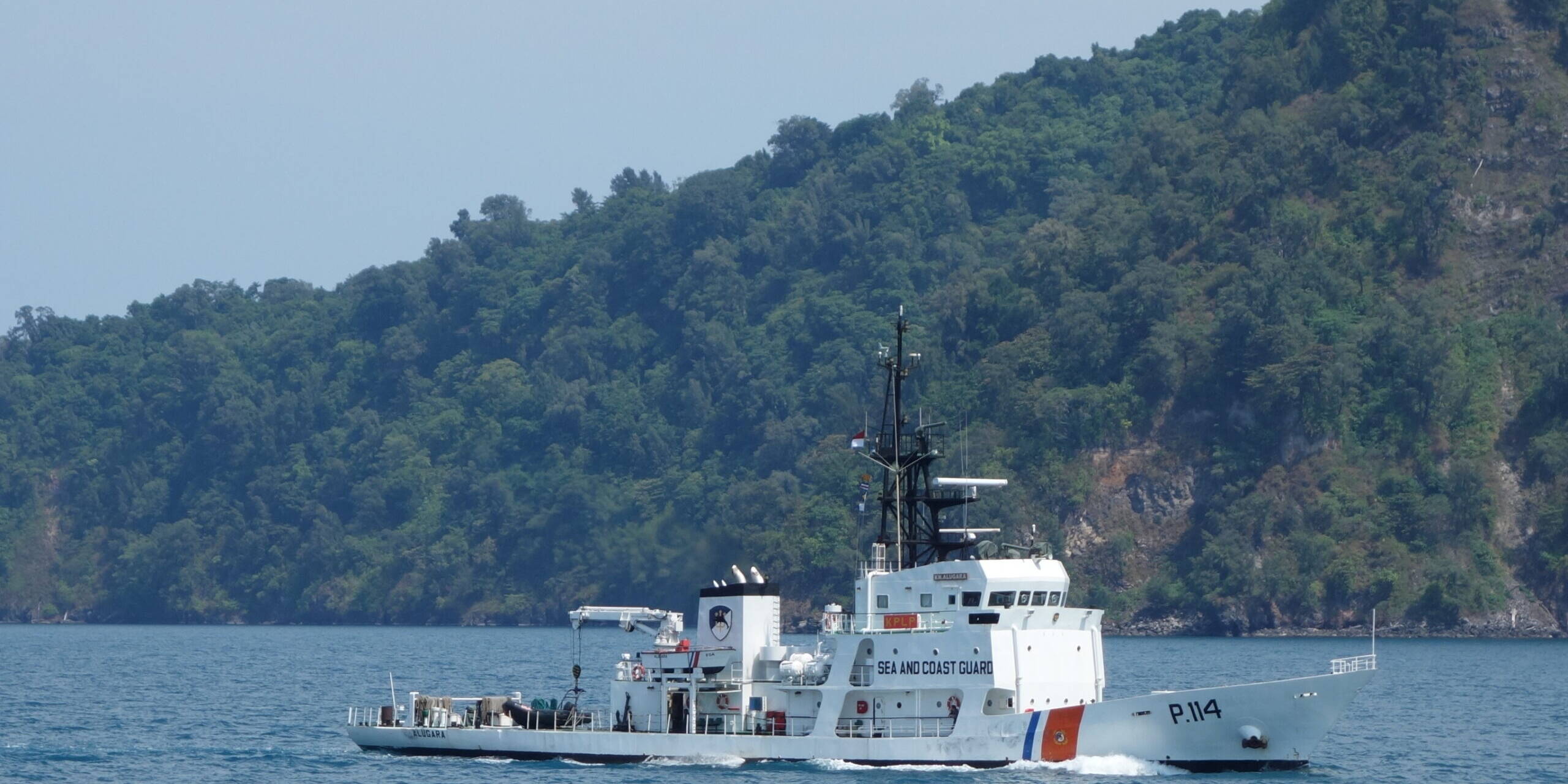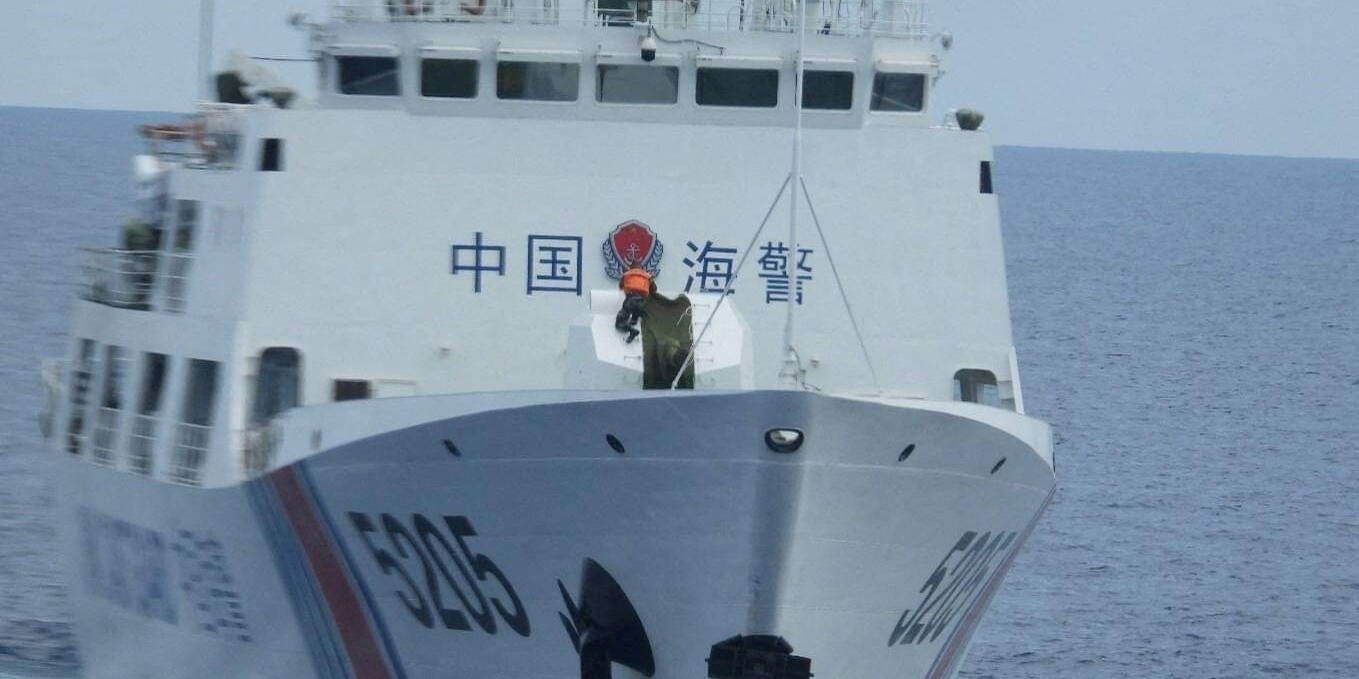Author: Hongzhou Zhang, RSIS and Genevieve Donnellon-May, University of Oxford, for East Asia Forum
Global fish stocks are facing a crisis, with nearly all classified as either fully exploited, overexploited or significantly depleted. China is the largest contributor to this problem as a world leader in both fishery exports and imports. It is simultaneously responsible for 15 per cent of the global total of caught fish and one-third of fish consumption worldwide.
China’s enormous fishing fleet is often accused of overfishing far beyond the country’s territorial waters. Research suggests that Chinese fishing fleets have trespassed into the waters of over 90 countries and depleted fish stocks. With the increasing geopolitical tension between the United States and China, greater attention is being paid to illegal, unreported and unregulated (IUU) fishing by Chinese fishing vessels in the Asia Pacific. In May 2022, the Quad announced a new maritime initiative aimed at curbing illegal Chinese fishing in the Indo–Pacific.
In January 2022, China’s Ministry of Agriculture released its 14th Five-Year Plan (FYP) for Fishery Development (2021–2025). The key message of the plan is that China will continue pushing for a significant restructuring of its fishery sector.
Since 1978, the development of China’s fishery sector has been heavily influenced by the central government’s policy and can be divided into four periods. During the first period from 1979 to the mid-1990s, the fishery sector primarily aimed to increase output to meet growing demand for fishery products.
In the second period from 1995 to 2010, overfishing, land reclamation and industrial pollution had severely depleted stocks in China’s traditional fishing grounds. The central government responded by curbing overfishing in the marine catch sector and focussed on the growth of aquaculture. From the mid-1990s, China introduced various and a fishing license system to reduce the size of its fishing fleet. But in 2006 a fishing fuel subsidy caused the fishing vessel building industry to boom. The combination of depleted Chinese fishing stock and the increased number of fishing vessels built encouraged Chinese fishery operations to expand outwards.
During the third period from 2011 to 2015, the central government shifted its policy focus by to catch more and further expand aquaculture production. The increased support from central and local governments for outward expansion of the country’s marine fisheries sector amid rising tensions in the caused significant diplomatic and with China’s neighbours.
From 2016 onwards, China sought to reduce both its island and marine catch sectors while expanding its aquaculture. The 13th FYP for Fishery Development indicated China’s goal of reducing both its fishing fleet and total catch by 2020, and cut its notorious . During this period, China began piloting systems that determined total allowable catches and allocated them across vessels.
The 14th FYP is largely a continuation of the restructuring efforts since 2017. It placed limits on marine catches in Chinese coastal waters remaining at 10 million tonnes and further reduced the number of large- and medium-sized fishing vessels. China also aims to stabilise its total output from distant water fishing at 2.3 million tonnes while strictly controlling the size of its distant water fishing fleet.
In 2022, China ended its fishing fuel subsidies and established fishery stewardship subsidies. But the rising demand for fishery products and critical role of the fishing sector in China’s food security strategy has led to further increases in its annual total fishery output from 65.47 million tonnes in 2020 to 69 million tonnes in 2025. The increase is expected to come mainly from marine ranch farming.
As domestic marine catch output is capped, growing domestic demand for high-quality fishery products will also have to be met through imports. China has recently relaxed its control over fishery imports and is inward fish flows are growing.
China’s recent efforts to control its marine fisheries appear to be working. The size of the country’s fishing fleet and total catch output Local protectionism remains a persistent problem, as local governments often do not comply with central government policies as they are more concerned with economic growth and employment.
These structural changes could decrease IUU fishing, reduce fishing conflicts in disputed waters. and help to restore depleted fish stocks. China’s decision to replace the infamous fishing fuel subsidy with the fishery stewardship subsidies is also pivotal to the success of WTO negotiations on fisheries subsidies. But the rapid expansion of China’s aquaculture sector will depend on fishmeal and trash fish for feed. This could further undermine the substantiality of fishing both domestically and internationally.
The original article can be found here at East Asia Forum.
Dr Hongzhou Zhang is Research Fellow in the Institute of Defence and Strategic Studies at the S. Rajaratnam School of International Studies (RSIS), Nanyang Technological University, Singapore.
Genevieve Donnellon-May is a master’s candidate in Water Science, Policy and Management at the University of Oxford.
Feature Image: Fishermen harvest in Rizhao, Shandong province, China, 2 September 2021, (Photo: Reuters/ Oriental Image)
Related Analyses
February 13, 2024
Assessing Indonesia’s potential presidents’ South China Sea strategies
0 Comments7 Minutes
January 2, 2024
Marcos’ new code of conduct for the South China Sea is a non-starter
0 Comments6 Minutes


